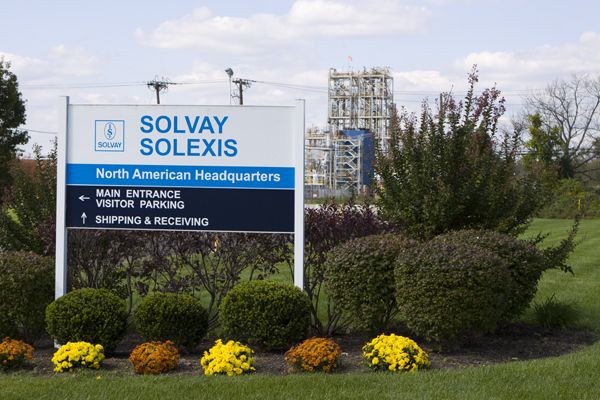DEP Downplays Health Risks
DEP Slow Walking Development of Drinking Water MCL Standards for PFC’s
Polluter Refuses to Disclose Well Testing Data
Ragonese accused the DRN of trying to “scare the heck out of people” by warning of the dangers of PFCs, in contrast to the DEP which he said is working systematically to find a solution to the issue. ~~~ NJ Spotlight, 6/30/14
[Update: 7/21/14 – Angelo Fichera of the Philadelphia Inquirer wrote another good story today – funny, I told Angelo exactly the same thing about the relationship between epidemiology and risk assessment and the appropriate reliance on animal studies in risk assessment,. Larry Hajna must have talked to DEP scientists before he spoke to press. Nice Job Larry! (and I mean that), see:
Bill Wolfe, director of NJ Public Employees for Environmental Responsibility, said the institute’s maximum contaminant levels would serve a larger purpose, requiring routine tests by water purveyors throughout the state. “What DEP is proposing is really only going to apply to Solvay,” he said of the groundwater criterion.
end update
NJ Spotlight has a very good story today on the latest developments in the South Jersey drinking water PFC situation, read the whole thing here:
The Spotlight story shows why the Drinking Water Quality Institute (DWQI) and DEP must expedite proposal of drinking water “MCL’s” for these compounds.
But, at a meeting of the Water Supply Advisory Council last week, when this issue was briefed, Fred Sickels, head of the DEP Drinking Water programs, stated that the DWQI Treatment subcommittee had not met yet.
In contrast, Sickels noted that the Health effects subcommittee had already met.
The failure of the Treatment Subcommittee to have met belies DEP Press Office’s emphasis on treatment – Spotlight reports:
Larry Ragonese, a spokesman for the DEP, said the levels of PFNA detected “could be troubling” but said filtration technologies are available to remove the chemical from water supplies. “It’s a very solvable situation,” he said.
So, despite the urgency of this new data and all the hoopla back in April about DEP Commissioner Martin directing the DWQI to develop MCLs for these compounds, 2 months later, it sure seems like DEP is slow walking the MCL development process.
Recall that back in April, the DWQI ended an almost 4 year hiatus. The focus of the meeting was on DEP Commissioner Martin’s charge to develop drinking water standards (MCL’s) for PFCs detected in South Jersey water supplies, see:
I wrote a followup post about that meeting in this post, in which I emphasized there need to accelerate MCLs and install treatment for PFC’s and hundreds of other chemicals detected in NJ’s water supplies.
Once adopted as MCL regulatory standards, public water supply systems would be required to test for and treat them.
Additionally, the Private Well Testing Act would be triggered, and testing of individual wells would occur when property is sold.
This would allow the public and homeowners with wells to know if their water is contaminated or not and take precautions.
Spotlight reports that the company, Solvay Solexus, refuses to disclose the results of their residential well testing data:
Company spokesman David Klucsik declined to specify the levels of perfluornonanoic acid (PFNA), one of the PFC family of chemicals, detected in the seven wells.
Nor would he say if any of them exceeded the 0.02 parts per billion (ppb) concentration proposed by the New Jersey Department of Environmental Protection as the upper limit for safe consumption.
Solvay should not be in charge of this sampling study – they should be required to fund it, but the sampling work should be conducted by the DEP and all data publicly disclosed.
DEP needs to take the lead in this effort and expedite – not slow walk – the adoption of MCL’s and treatment requirements.


Pingback: barcelona 2014 15 home kit
Pingback: cristiano ronaldo t shirt sales
Pingback: manchester united kit price in india
Pingback: manchester united away shirts history
Pingback: manchester united jersey in 4xl
Pingback: venta camisetas juventus
Pingback: camiseta do brasil 2012
Pingback: new england shirt company extra trim
Pingback: are arsenal having a new home kit
Pingback: kits tottenham 2014 pes 6
Pingback: como cambiar la camiseta del barcelona en pes 2011
Pingback: WolfeNotes.com » What You Don’t Know Can Kill You – Part 56